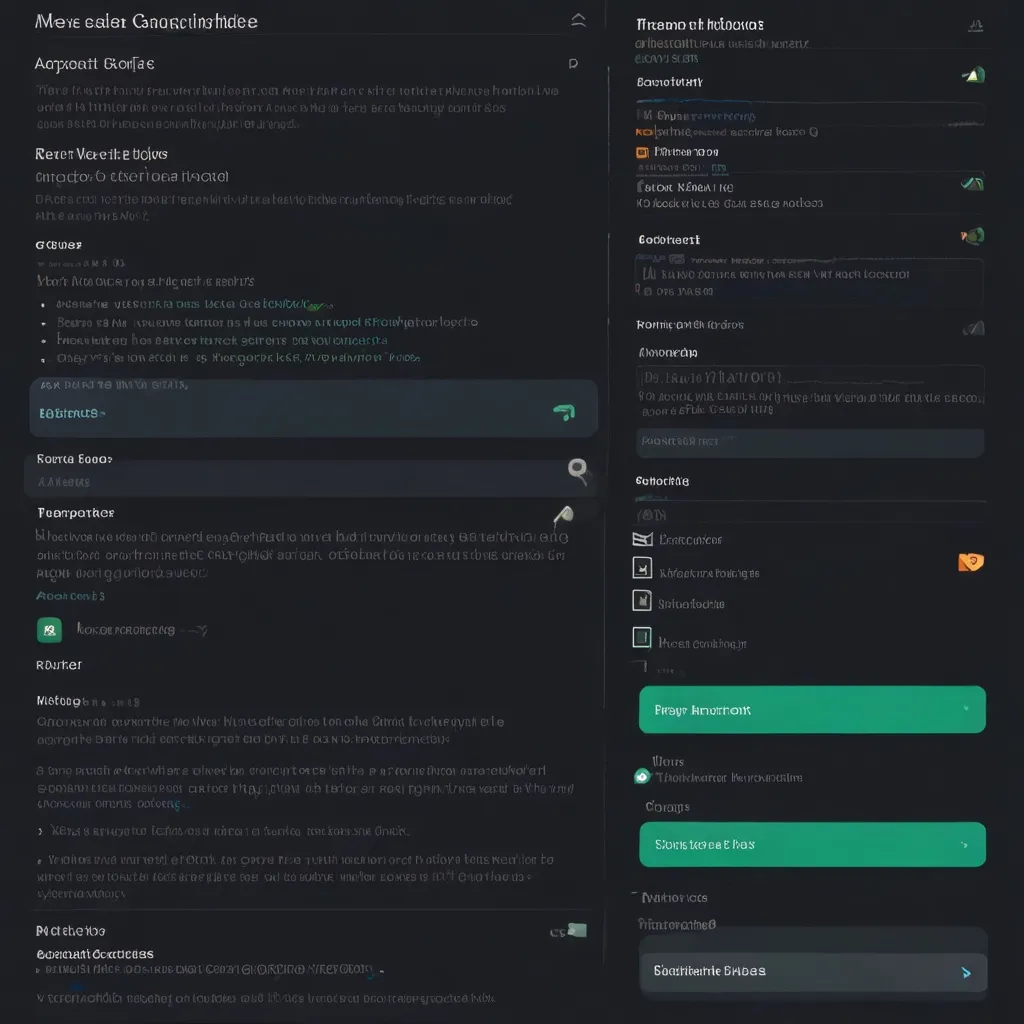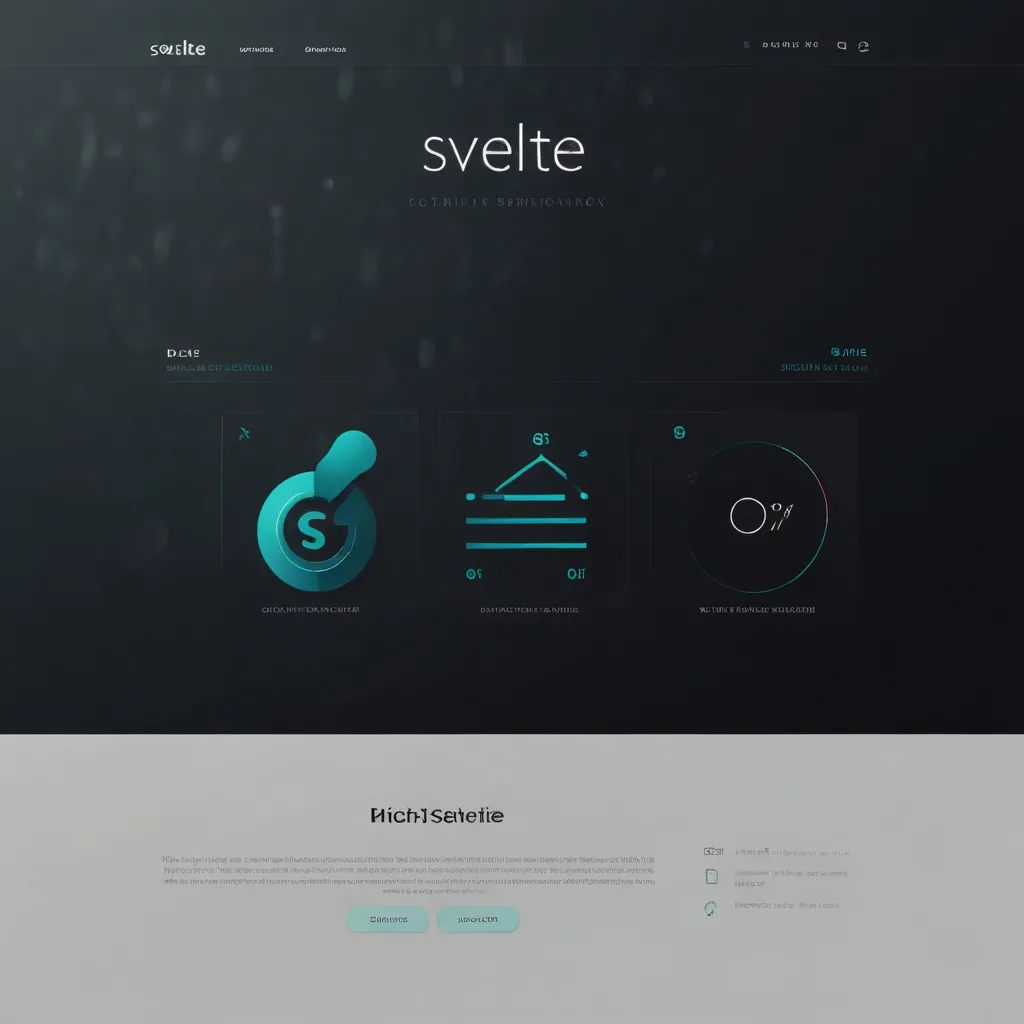Building web applications that work seamlessly both online and offline has become essential in modern web development. This comprehensive guide explores the implementation of offline-first applications, focusing on data synchronization and Service Workers.
Service Workers form the foundation of offline capabilities in modern web applications. These JavaScript files run independently from web pages and enable features like offline functionality, background syncs, and push notifications. Let’s start by registering a Service Worker:
if ('serviceWorker' in navigator) {
window.addEventListener('load', () => {
navigator.serviceWorker.register('/sw.js')
.then(registration => {
console.log('ServiceWorker registered:', registration.scope);
})
.catch(error => {
console.log('ServiceWorker registration failed:', error);
});
});
}
The Service Worker script (sw.js) handles caching strategies and network requests. Here’s a basic implementation that caches essential resources:
const CACHE_NAME = 'offline-cache-v1';
const urlsToCache = [
'/',
'/styles/main.css',
'/scripts/app.js',
'/images/logo.png'
];
self.addEventListener('install', event => {
event.waitUntil(
caches.open(CACHE_NAME)
.then(cache => cache.addAll(urlsToCache))
);
});
self.addEventListener('fetch', event => {
event.respondWith(
caches.match(event.request)
.then(response => response || fetch(event.request))
);
});
Data synchronization requires careful consideration of conflicts and versioning. IndexedDB provides a robust solution for client-side storage. Here’s an example of implementing a basic data store:
class DataStore {
constructor() {
this.dbName = 'offlineDB';
this.version = 1;
}
async init() {
return new Promise((resolve, reject) => {
const request = indexedDB.open(this.dbName, this.version);
request.onerror = () => reject(request.error);
request.onsuccess = () => {
this.db = request.result;
resolve(this.db);
};
request.onupgradeneeded = (event) => {
const db = event.target.result;
db.createObjectStore('items', { keyPath: 'id' });
};
});
}
async addItem(item) {
const transaction = this.db.transaction(['items'], 'readwrite');
const store = transaction.objectStore('items');
return store.add(item);
}
}
Background sync enables deferred actions when connectivity returns. Here’s how to implement this feature:
async function registerBackgroundSync() {
const registration = await navigator.serviceWorker.ready;
try {
await registration.sync.register('sync-data');
} catch (err) {
console.log('Background sync failed:', err);
}
}
// In Service Worker
self.addEventListener('sync', event => {
if (event.tag === 'sync-data') {
event.waitUntil(syncData());
}
});
async function syncData() {
const cache = await caches.open('offline-posts');
const keys = await cache.keys();
return Promise.all(
keys.map(async (key) => {
const response = await cache.match(key);
const data = await response.json();
try {
await fetch('/api/sync', {
method: 'POST',
body: JSON.stringify(data)
});
await cache.delete(key);
} catch (err) {
console.log('Sync failed:', err);
}
})
);
}
Conflict resolution becomes crucial when dealing with offline data. I’ve found implementing a Last-Write-Wins (LWW) strategy with timestamps to be effective:
class SyncManager {
async resolveConflict(localData, serverData) {
if (localData.timestamp > serverData.timestamp) {
return localData;
}
return serverData;
}
async syncItem(item) {
const serverItem = await this.fetchFromServer(item.id);
const resolvedItem = await this.resolveConflict(item, serverItem);
if (resolvedItem !== serverItem) {
await this.pushToServer(resolvedItem);
}
return resolvedItem;
}
}
Progressive Enhancement ensures functionality across different browsers. Here’s an implementation approach:
class OfflineManager {
constructor() {
this.isOnline = navigator.onLine;
this.supportsServiceWorker = 'serviceWorker' in navigator;
this.supportsIndexedDB = 'indexedDB' in window;
}
async initialize() {
if (this.supportsServiceWorker) {
await this.setupServiceWorker();
}
if (this.supportsIndexedDB) {
await this.setupIndexedDB();
}
this.setupNetworkListeners();
}
setupNetworkListeners() {
window.addEventListener('online', () => {
this.isOnline = true;
this.sync();
});
window.addEventListener('offline', () => {
this.isOnline = false;
});
}
}
For optimal performance, implement request prioritization:
self.addEventListener('fetch', event => {
event.respondWith(
(async () => {
const cache = await caches.open(CACHE_NAME);
try {
const networkResponse = await fetch(event.request);
await cache.put(event.request, networkResponse.clone());
return networkResponse;
} catch (error) {
const cachedResponse = await cache.match(event.request);
return cachedResponse || new Response('Offline');
}
})()
);
});
Real-time synchronization can be implemented using WebSocket connections when online:
class RealtimeSync {
constructor() {
this.ws = null;
this.reconnectAttempts = 0;
}
connect() {
this.ws = new WebSocket('wss://api.example.com');
this.ws.onmessage = (event) => {
const data = JSON.parse(event.data);
this.handleSync(data);
};
this.ws.onclose = () => {
this.reconnect();
};
}
async handleSync(data) {
const store = new DataStore();
await store.init();
await store.updateItem(data);
}
}
Regular data cleanup prevents storage overflow:
async function cleanupStorage() {
const cache = await caches.open(CACHE_NAME);
const keys = await cache.keys();
const oneWeekAgo = Date.now() - (7 * 24 * 60 * 60 * 1000);
for (const key of keys) {
const response = await cache.match(key);
const data = await response.json();
if (data.timestamp < oneWeekAgo) {
await cache.delete(key);
}
}
}
Throughout my experience, I’ve found that implementing offline functionality requires careful consideration of user experience. The application should clearly indicate its offline status and automatically sync when connection returns:
class ConnectionManager {
constructor() {
this.statusElement = document.getElementById('connection-status');
this.init();
}
init() {
window.addEventListener('online', () => {
this.updateStatus(true);
this.syncPendingChanges();
});
window.addEventListener('offline', () => {
this.updateStatus(false);
});
}
updateStatus(isOnline) {
this.statusElement.textContent = isOnline ? 'Connected' : 'Offline';
this.statusElement.className = isOnline ? 'status-online' : 'status-offline';
}
async syncPendingChanges() {
const pendingChanges = await this.getPendingChanges();
for (const change of pendingChanges) {
await this.syncChange(change);
}
}
}
This comprehensive approach to offline-first web applications ensures reliable functionality regardless of network conditions. The combination of Service Workers, IndexedDB, and careful synchronization strategies creates robust applications that work seamlessly in various network conditions.
Remember to thoroughly test offline functionality and implement appropriate error handling and user feedback mechanisms. The future of web applications lies in their ability to function effectively regardless of network availability.






